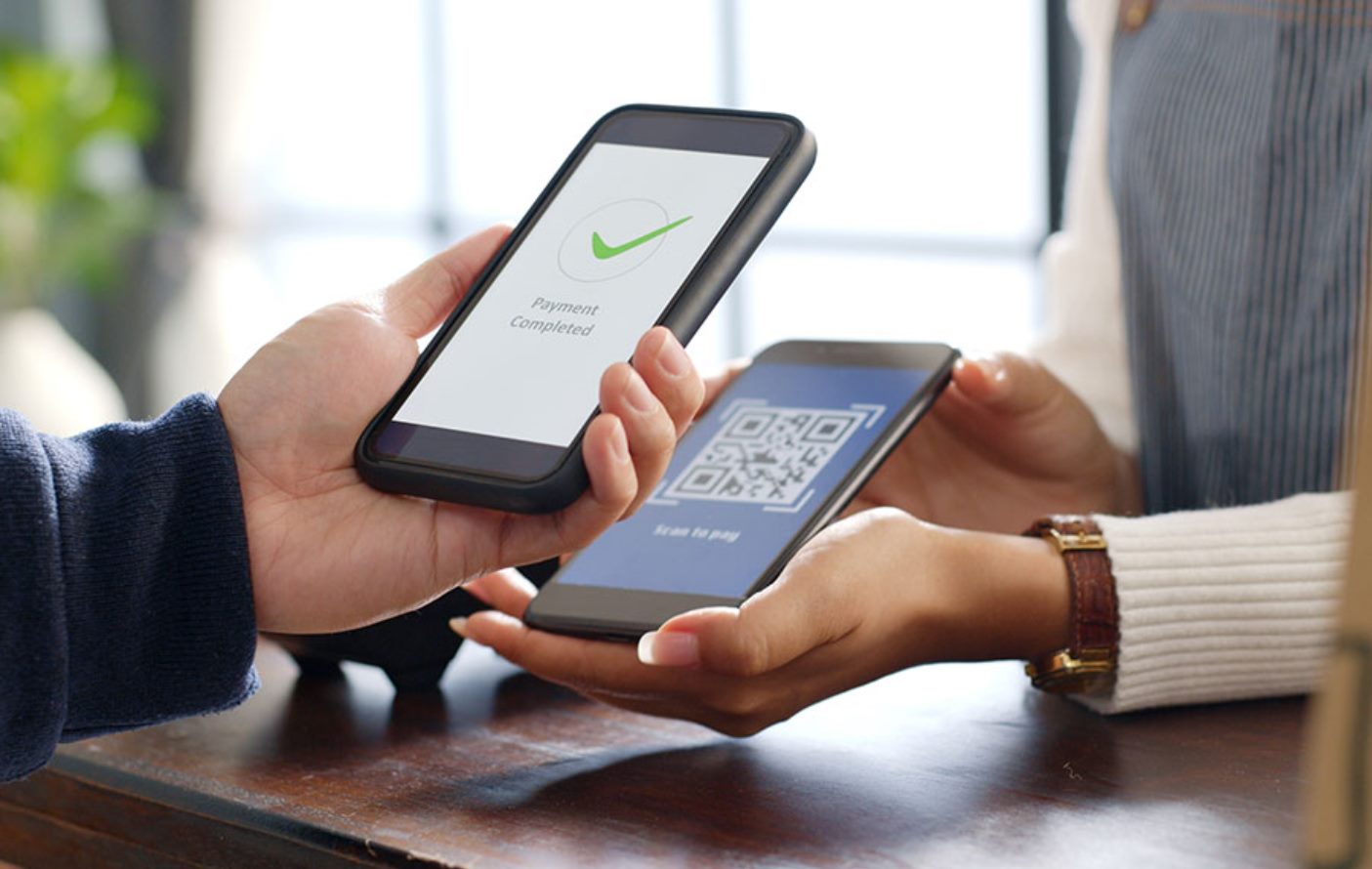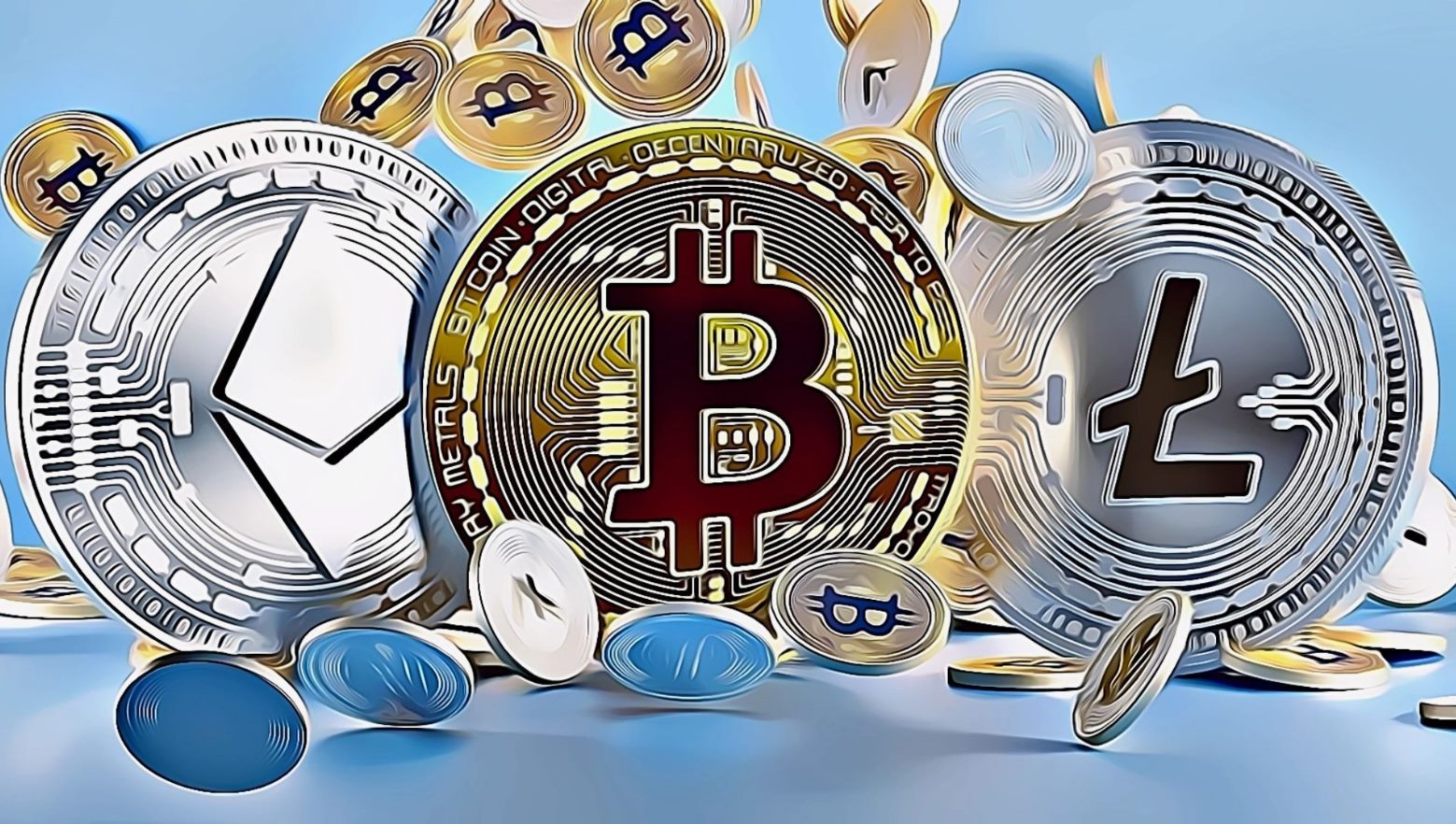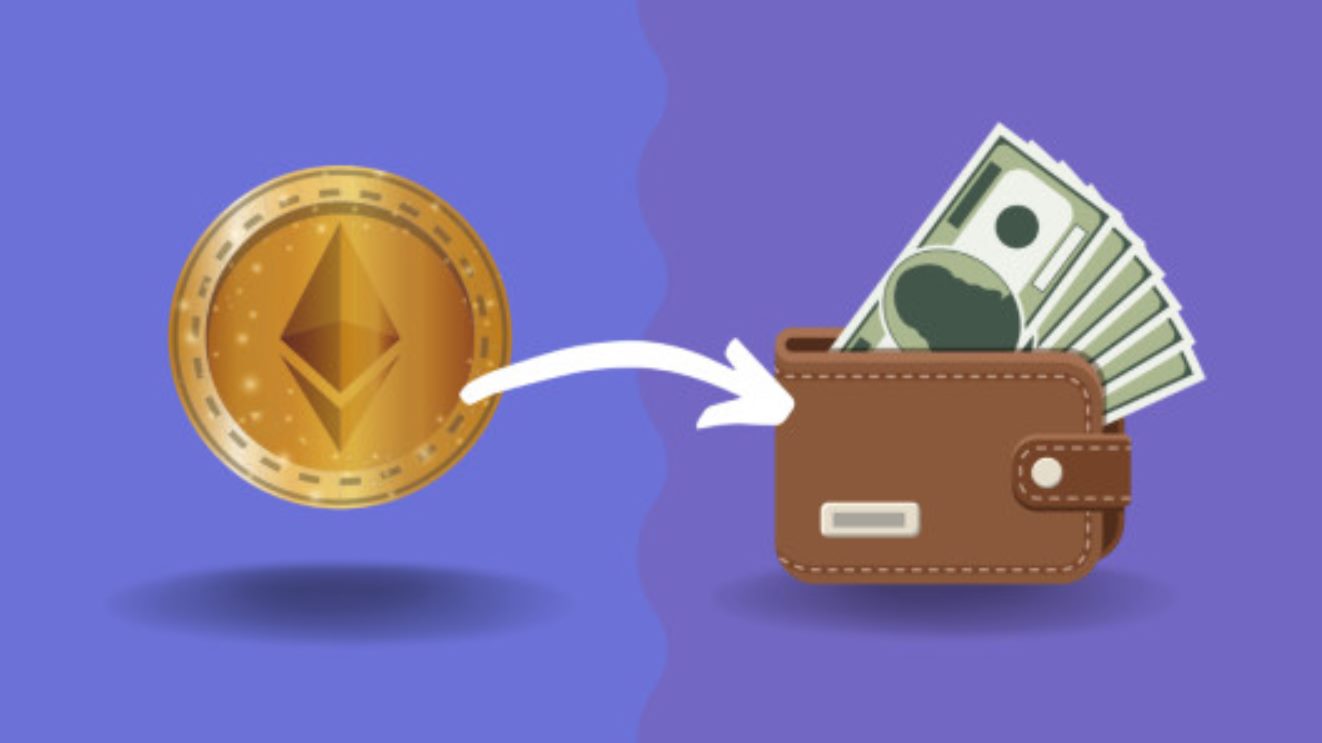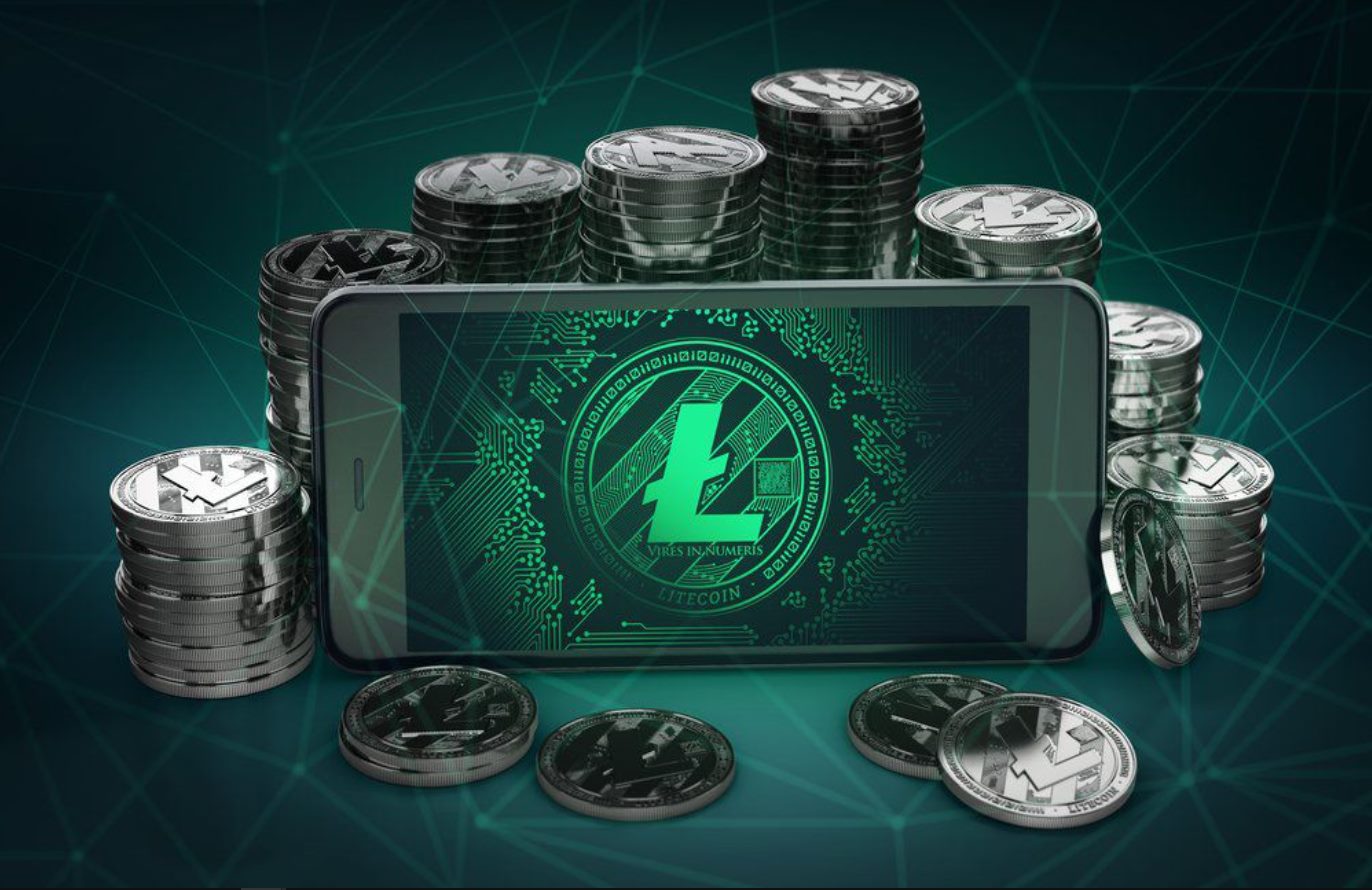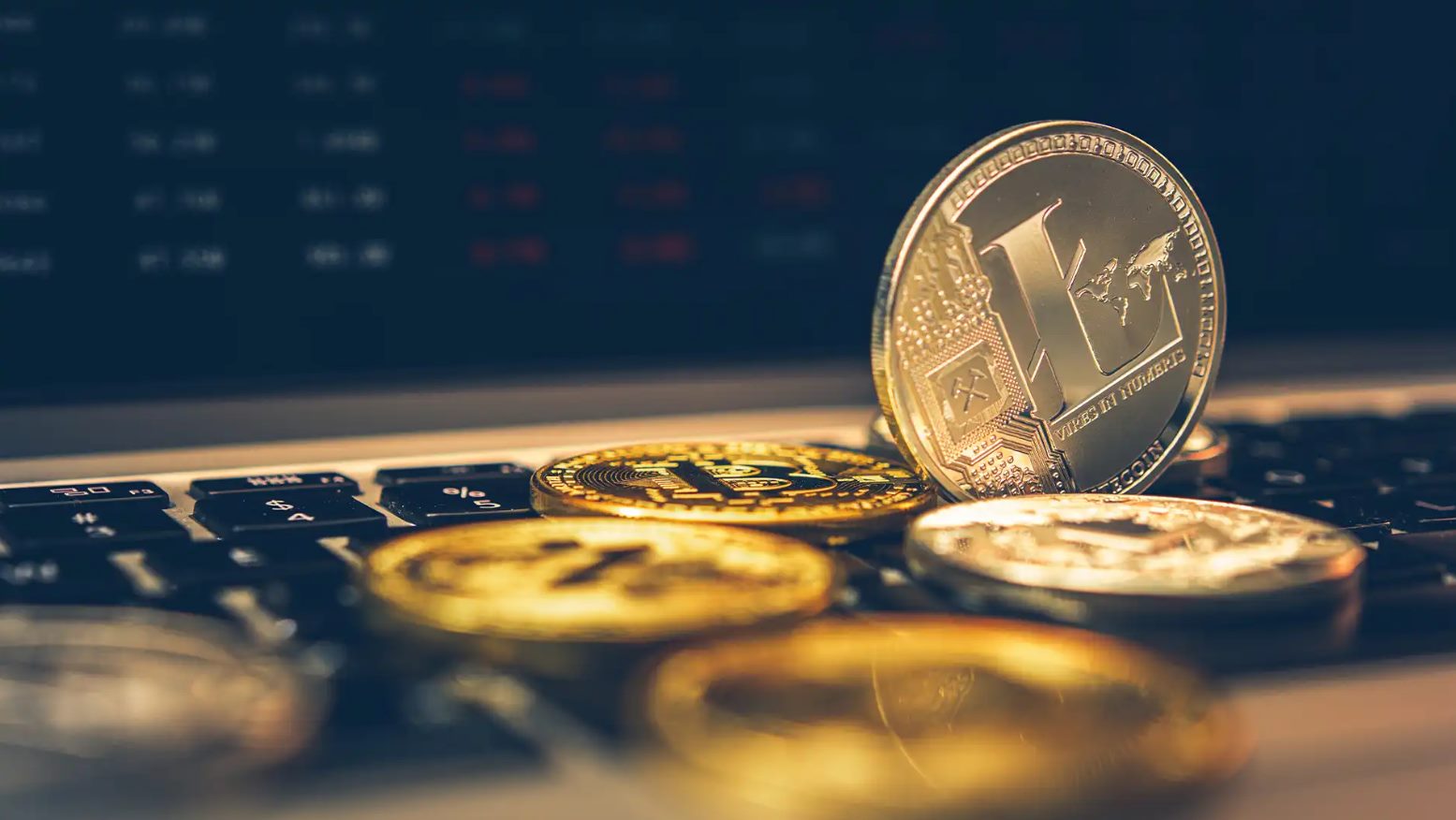What is Litecoin Confirmation?
Litecoin, often referred to as the silver to Bitcoin’s gold, is a popular cryptocurrency that operates on a decentralized network. When you make a transaction using Litecoin, it goes through a process called confirmation. Confirmation refers to the validation of a transaction on the Litecoin blockchain, ensuring that the transaction is legitimate and irreversible.
During the confirmation process, several key steps take place. When you initiate a transaction, it is first added to the Litecoin mempool, which acts as a temporary storage space for pending transactions. Miners then verify and validate the transaction by solving complex mathematical equations, ensuring its validity.
Once a miner successfully solves the equation, the transaction receives its first confirmation. Each subsequent block added to the Litecoin blockchain represents an additional confirmation. The more confirmations a transaction has, the more secure and irreversible it becomes.
Confirmation time for Litecoin transactions can vary depending on several factors, including network congestion, transaction fees, and the level of mining activity. These factors can influence the time it takes for your Litecoin transaction to be confirmed.
It is important to note that Litecoin confirmation times are typically faster compared to Bitcoin due to Litecoin’s faster block generation time. While Bitcoin takes approximately 10 minutes to generate a new block, Litecoin achieves it in around 2.5 minutes, resulting in quicker confirmation times.
Understanding the process of Litecoin confirmation can help you anticipate how long your transaction will take to be confirmed. In the following sections, we will delve deeper into the factors that affect confirmation time and explore ways to speed up the confirmation process.
Factors that Affect Litecoin Confirmation Time
The time it takes for a Litecoin transaction to be confirmed can vary due to several factors. Understanding these factors can help you estimate the approximate confirmation time for your transaction:
- Network Congestion: When the Litecoin network experiences high transaction volume, it can lead to congestion, causing delays in confirmation times. During periods of heavy usage, more transactions compete for space in each new block, increasing the time it takes to confirm transactions.
- Transaction Fees: Miners prioritize transactions with higher fees. If you attach a higher transaction fee to your Litecoin transaction, miners are more likely to include it in the next block. In contrast, transactions with lower fees may face longer confirmation times as they are less attractive to miners.
- Mining Power: The level of mining activity on the Litecoin network also impacts confirmation times. When there are more miners competing to solve the mathematical equations necessary to validate transactions, it increases the chance of faster confirmation times. Conversely, a decrease in mining activity can lead to longer confirmation times.
- Blockchain Congestion: In addition to network congestion, the size of the Litecoin blockchain itself can affect confirmation times. As the blockchain grows in size, it takes longer to transmit and process new blocks, potentially causing delays in confirmation.
It is important to note that while these factors can influence confirmation times, they are not fixed or predictable. The dynamic nature of the cryptocurrency ecosystem means that confirmation times can fluctuate based on real-time conditions.
Now that we have examined the factors that affect Litecoin confirmation times, let’s explore methods to accelerate the confirmation process in the next section.
Average Litecoin Confirmation Time
The average time it takes for a Litecoin transaction to be confirmed can vary based on the factors mentioned earlier. While it is challenging to provide an exact average confirmation time, it is generally estimated to be around 2.5 minutes per block. Unlike Bitcoin, which takes approximately 10 minutes per block, Litecoin’s shorter block generation time allows for faster confirmation times.
However, it’s important to note that the average confirmation time can be influenced by network conditions and other factors. During periods of high network congestion or increased mining activity, confirmation times may increase. Conversely, during periods of low network activity, confirmation times may be faster.
Additionally, the number of confirmations a transaction requires for it to be considered secure and irreversible can vary. While some merchants or services may require only one or two confirmations, others may require several more for higher value transactions. Each confirmation adds an additional layer of security to the transaction.
To get a better estimate of the current average confirmation time, you can check real-time data from various Litecoin block explorers. These explorers provide information about recent blocks and the time it took for transactions within those blocks to be confirmed. By analyzing this data, you can get an idea of the current confirmation time trends.
Keep in mind that these average confirmation times are not guaranteed, and individual transaction times may vary based on the specific factors affecting confirmation time at the moment of your transaction.
In the next section, we will explore strategies to speed up the Litecoin confirmation process and reduce the time it takes for your transactions to be confirmed.
How to Speed Up Litecoin Confirmation
If you’re looking to expedite the confirmation of your Litecoin transaction, there are a few strategies you can employ:
- Set a Higher Transaction Fee: Attach a higher transaction fee to your Litecoin transaction. Miners are more likely to prioritize transactions with higher fees, as it incentivizes them to include the transaction in the next block. By offering a competitive fee, you can increase the chances of your transaction being confirmed faster.
- Use Segregated Witness (SegWit) Addresses: Segregated Witness is a protocol upgrade for Litecoin that effectively increases the block size by removing the signature data from the transaction. By using SegWit addresses, you can reduce the size of your transaction, making it more attractive to miners and potentially decreasing confirmation times.
- Choose a Reputable Wallet: Opt for a Litecoin wallet that offers dynamic fee adjustment. This feature allows you to set the fee based on network conditions, ensuring that your transaction remains competitive even during periods of high congestion.
- Be Mindful of Network Congestion: Keep an eye on the overall network congestion and adjust your expectations accordingly. During periods of high usage, such as when there is a surge in transaction volume or significant price movements, confirmation times may increase. Planning ahead and initiating your transaction when the network is less congested can help you achieve faster confirmations.
By implementing these strategies, you can potentially reduce the time it takes for your Litecoin transactions to be confirmed. However, it’s important to remember that confirmation times can still vary based on external factors that are beyond your control.
Now that we have explored ways to speed up Litecoin confirmation, let’s discuss why confirmation times can vary and how to check if your transaction has been confirmed in the following sections.
Why Does Litecoin Confirmation Time Vary?
The confirmation time for Litecoin transactions can vary due to several factors:
- Network Congestion: When the Litecoin network experiences a high volume of transactions, it can lead to congestion. More transactions competing for limited block space can result in longer confirmation times as miners must prioritize which transactions to include in the next block.
- Transaction Fees: Miners are incentivized to include transactions with higher fees in blocks because they receive those fees as rewards. If you set a lower transaction fee, your transaction may be considered less attractive to miners, resulting in longer confirmation times.
- Mining Power and Difficulty: The mining power and difficulty level of the network can impact confirmation times. If there is a decrease in mining power or an increase in difficulty, it may take longer for miners to solve the mathematical equations required for confirmation.
- Blockchain Congestion: As the Litecoin blockchain grows in size, it takes longer to transmit and process new blocks. When the blockchain becomes congested, it can delay confirmation times as it requires more time for each block to be generated and validated.
- Confirmation Requirements: The number of confirmations required for a transaction to be considered secure can also affect confirmation times. Some merchants and services may require multiple confirmations before considering a transaction as final, which prolongs the overall confirmation time.
It’s worth noting that these factors interact with each other and can vary over time. The decentralized nature of cryptocurrencies means that confirmation times are subject to real-time network conditions and external influences.
By understanding these factors and periodically monitoring the network, you can gain insight into why confirmation times may vary. Next, we’ll discuss how you can check if your Litecoin transaction has been confirmed.
How to Check if Your Litecoin Transaction Has Been Confirmed
After making a transaction with Litecoin, you may wonder how to check if it has been confirmed on the blockchain. Here are a few methods you can use to track the confirmation status:
- Block Explorer: One of the easiest ways to check the confirmation status of your Litecoin transaction is by using a Litecoin block explorer. These online tools allow you to search for specific transactions or addresses and provide detailed information about their confirmation status. Simply enter your transaction ID or Litecoin address into the search bar, and the block explorer will display the relevant information, including the number of confirmations.
- Litecoin Wallet: If you’re using a Litecoin wallet, it may provide an interface that allows you to track the status of your transactions. Look for a transaction history or transaction details section where you can view the confirmation status. Most wallets will display the number of confirmations received for each transaction, giving you an idea of its progress on the blockchain.
- Public Node: If you have a Litecoin full node or are connected to a public node, you can use the command-line interface to check the status of your transaction. By entering the transaction ID or address in the appropriate command, you can query the network for confirmation details.
It’s important to keep in mind that the time it takes for a transaction to be confirmed can vary. As mentioned earlier, Litecoin confirmation times average around 2.5 minutes per block, but it may take several blocks for a transaction to reach the desired number of confirmations.
By utilizing these methods to check your Litecoin transaction’s confirmation status, you can stay informed about the progress of your transaction on the blockchain.
In the next section, we’ll discuss potential risks that you should be aware of during the Litecoin confirmation process.
Potential Risks During the Litecoin Confirmation Process
While the Litecoin confirmation process is designed to ensure the validity and security of transactions, there are potential risks that you should be aware of:
- Double Spending: In rare cases, a malicious actor may attempt to double spend by broadcasting two conflicting transactions at the same time. This can create confusion in the network and potentially lead to the acceptance of a fraudulent transaction. However, the probability of successful double spending decreases as the number of confirmations increases.
- Network Forks: Occasionally, the Litecoin network may experience a fork, which occurs when two or more miners solve a block at the same time. This can temporarily create separate chains of blocks, causing some uncertainty in transaction confirmation. However, as the network chooses the longest valid chain, eventual consensus is reached, and the risk is mitigated.
- Transaction Malleability: In certain cases, the transaction ID (TXID) of a Litecoin transaction can be modified by altering its signature or other parameters. While this doesn’t affect the transaction’s validity, it can complicate tracking and confirmations. However, the use of SegWit addresses reduces the impact of transaction malleability.
- Insufficient Transaction Fee: If you set a low transaction fee, your transaction may take longer to be included in a block, increasing the risk of delayed confirmation. Miners have the choice to prioritize transactions with higher fees, and lower fee transactions may remain pending for a more extended period.
To minimize these risks, it is recommended to wait for a sufficient number of confirmations before considering a Litecoin transaction as final. The number of confirmations required may vary depending on the value or sensitivity of the transaction. Merchants often have their own policies regarding the number of confirmations they require for a transaction to be considered secure.
While these risks exist, they are relatively rare occurrences. The Litecoin network has proven to be secure and reliable over time, and the chances of encountering any significant issues during the confirmation process are minimal.
In the final section, we will conclude our discussion on Litecoin confirmation.
Conclusion
Understanding the Litecoin confirmation process is crucial for every Litecoin user. While confirmation times can vary based on factors such as network congestion, transaction fees, mining power, and blockchain size, the average confirmation time for Litecoin transactions is around 2.5 minutes per block. This is significantly faster than Bitcoin, making Litecoin a preferred choice for those seeking quicker transactions.
To speed up the confirmation of your Litecoin transactions, you can set a higher transaction fee, utilize SegWit addresses, choose a reputable wallet with dynamic fee adjustment, and be mindful of network congestion. These strategies can help increase the chances of your transaction being included in the next block, ultimately reducing confirmation times.
Checking the confirmation status of your Litecoin transaction can be done through block explorers, Litecoin wallets, or public nodes. Monitoring the number of confirmations your transaction has received will give you a sense of its progress on the blockchain.
While risks such as double spending, network forks, transaction malleability, and insufficient transaction fees exist, they are relatively uncommon and can be mitigated by waiting for a sufficient number of confirmations before considering a transaction as final. The secure and reliable nature of the Litecoin network ensures that the chances of encountering such issues are minimal.
In conclusion, by understanding the factors affecting Litecoin confirmation times, implementing strategies to speed up confirmations, and staying vigilant against potential risks, you can have a smooth and secure experience when transacting with Litecoin.







